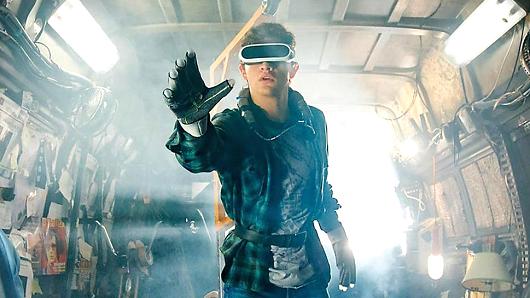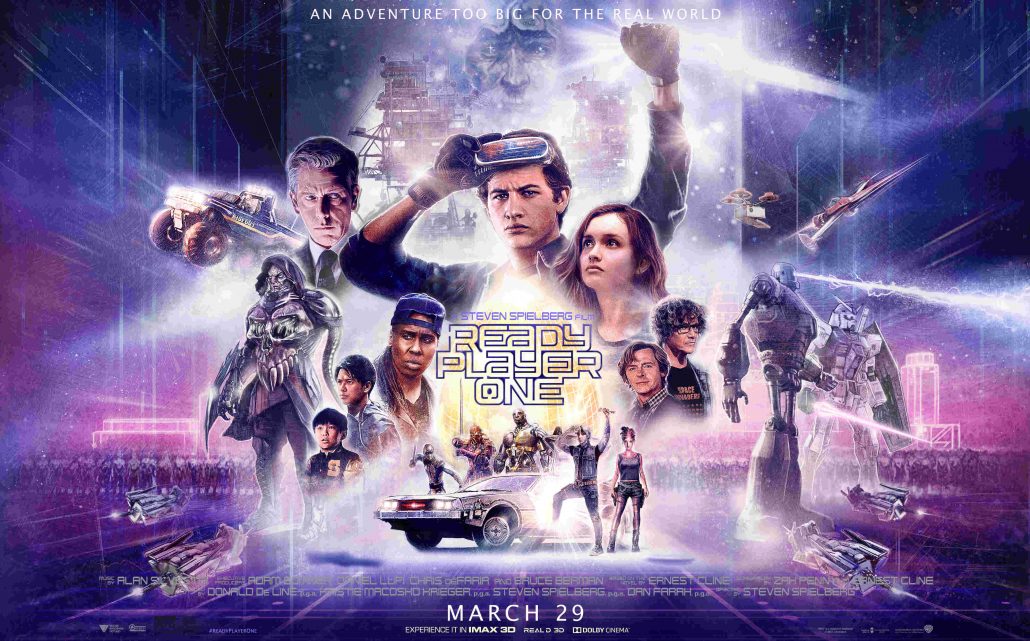
Ready Player One: A Virtual Reality Phenomenon
Now a worldwide phenomenon, Ernest Cline’s Ready Player One has recently been adapted into a science fiction adventure film directed by renowned filmmaker Steven Spielberg.
The movie has everyone wondering how far VR technology has come and what tech leaders across the globe are doing to bring us closer to a virtual future.
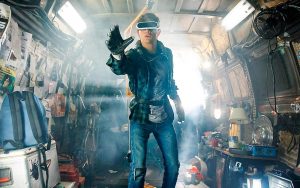
Ready Player One: A Very Short Synopsis
Set in 2045 in a highly dystopian society where “being human totally sucks most of the time [and] video games are the only thing that makes life bearable,” citizens find solace in a virtual reality world called the OASIS.
A young underdog named Wade Watts, decides to change his reality and finds himself in a universe of ground-breaking reality-bending, danger, mystery, and discovery.
Virtual Reality to the Next Level
Virtual reality is taken to the next level in both the film and the book. According to Cline, the character James Halliday “created the OASIS because [he] never felt at home in the real world. [He] didn’t know how to connect with the people there. [He] was afraid, for all of [his] life, right up until [he] knew it was ending. That’s when [he] realized, as terrifying and painful as reality can be, it’s also the only place where you can find true happiness. Because the reality is real.”
If this is so, how close are we as companies, society, and citizens to achieving that kind of true happiness?

Games like OASIS Beta, which were created in partnership with the movie by Viveport Studios on the HTC Vive platform, attempt to give audiences a taste ground-breaking and heaven and hell aspect of VR from the OASIS in the movie and book.
According to Anshel Sag, Moor Insights & Strategy technologist and technical writer focusing on consumer platforms, on Forbes, 2017 was a turnaround year for VR, and it looks like 2018 will be a continuation of that trend. While both virtual and augmented reality is a ways away from reaching their full potential, there are a significant number of VR users in 2018 than there were in 2017.
According to CEO and founder of HostingFacts, there were about 90 million active users in 2017 and VR is projected to increase to 171 million users in 2018, which is almost double of 2017.
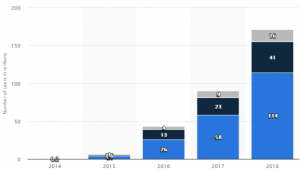
The Next Generation of VR
Currently, there are many next generations of VR technology, including new displays and high-quality tracking. Developers and headset manufacturers have learned these lessons and are integrating them into current hardware and software trends.
For instance, Vive and its new HTC Vive Pro headset focus on the high-end user and enterprise customers who are currently willing and able to spend lots money on new, higher resolution headsets. Just like in RPO, the characters experience a whole new world of VR in the OASIS when they put on their high-end headsets.
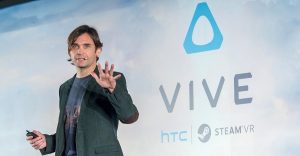
In an interview with gaming contributor Heather Newman from Forbes, Joel Breton, General Manager of Vive Studios, talks about how far away we are from achieving the kind of tech in RPO and what the delay is:
“The Ready Player One story occurs in 2045, 27 years into the future. We know that CPU, GPU, bandwidth, full haptic bodysuits, and gloves will all be orders of magnitude more powerful, faster, and cheaper. Continued development of these necessary components for premium VR will experience exponential growth over the next 27 years.
I think that we are about 7 to 10 years away from deploying the technology enjoyed in the Oasis as described in the story and shown in the film. By then we will certainly have full haptic feedback, 64K resolution displaying at 120 FPS, and 8G bandwidth at consumer-friendly price-points. With that kind of firepower, we will be very close to launching worlds as expansive and immersive as the OASIS in Ready Player One.”
As we continue to see advancements in VR, especially with experiences that transport the user completely inside of a game, a world, or an application, this means that we can learn more and faster by experiencing content according to Breton.
Currently, there are plenty of phenomenal applications for 3D design, architecture, enterprise training, art and education, cinematic stories that can be very useful and effective VR learning tools for the future of any company in any industry and Ready Player One is just a snippet of how close we are.
Ready Player One is playing in theaters everywhere now.
FOLLOW, LIKE & SHARE VPLS
If you want to keep up with the latest security trends and other IT related products and services, please visit the VPLS blog and stay current with the latest news!
Sources: Forbes, The Next Web

